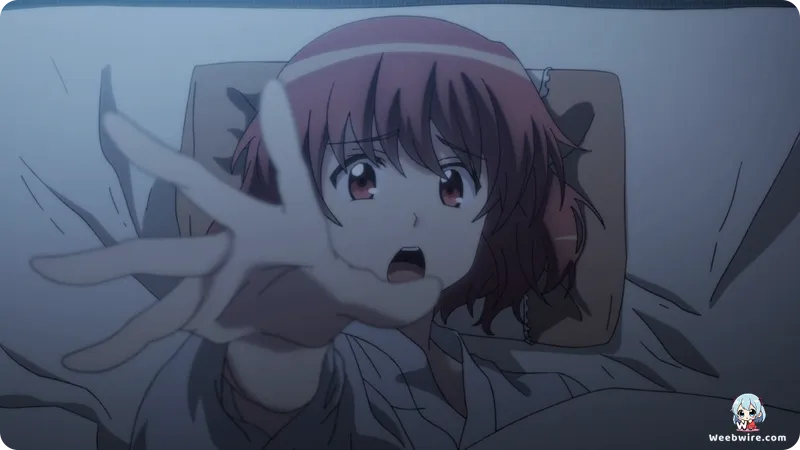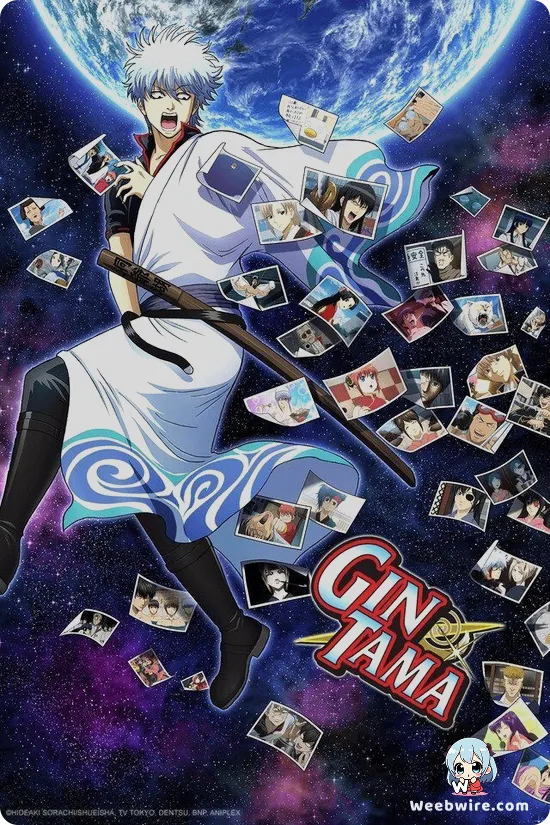Uncensored Secrets of Tsugumomo2 Revealed: How Studio Zero-G Mastered Dual Animation and Deep Supernatural Lore

While the second season of Yoshikazu Hamada’s manga adaptation, Tsugumomo2 (also known by its sequel title, Tsugu Tsugumomo), successfully delivered the high-octane supernatural action and boundary-pushing comedy expected by fans, the production journey involved significant technical hurdles and a fascinating depth of mythological grounding often overlooked by casual viewers. A deeper examination of the spirited battles and fan service reveals critical details about the challenging adaptation process, the folklore behind the characters, and the impressive technical innovations employed by Studio Zero-G.
The Necessity of Dual Animation Tracks
Perhaps the most compelling production secret involves the necessity of a ‘dual animation’ track. Due to the series’ foundation, which combines intense supernatural combat with frequent, explicit ecchi elements, the Japanese television broadcast faced stringent censorship requirements. This was not a simple matter of minor edits; Studio Zero-G was compelled to significantly alter or obscure vast portions of key sequences to achieve broadcast compliance.
Consequently, the animators effectively produced every explicit scene twice: once in its fully intended, raw detail for the definitive home video Blu-ray release, and a second time in a heavily modified, broadcast-safe format. This demanding parallel workflow underscores the creative commitment to honoring the creator’s vision for dedicated fans while ensuring mass visibility via television airing. For those seeking the complete narrative and aesthetic experience, the uncensored version remains the definitive way to view the series.
Mythology and Cultural Context
The series’ core mythology is equally rich, rooted in the concept of the ‘Tsugumomo.’ This is a specialized form of tsukumogami, a spirit inhabiting an object cherished and used for many years. The main heroine, Kiriha, is the embodiment of an ancient obi (a sash worn with a kimono) inherited by protagonist Kazuya Kagami. The choice of the obi is profoundly symbolic; in Japanese tradition, the obi anchors the entire kimono, representing structure and support. Kiriha fulfills this role literally, serving as Kazuya’s spiritual protector and the anchor stabilizing his chaotic existence, embedding meaningful cultural context into the show's high-fantasy premise.
Kazuya's Unique Trait: Amisogi
Adding to Kazuya’s unique circumstances is his rare, innate supernatural trait known as ‘Amisogi.’ Though he often appears to be a hapless bystander, this trait makes him a powerful magnet, attracting and sustaining tsukumogami and other spiritual entities. Inherited from his mother, Kasumi, this ability explains Kiriha’s powerful bond to him. Intriguingly, his passive role as an ‘Ecchi Magnet’ constantly drawing strange, often compromising, phenomena is almost a supernatural side effect of the Amisogi trait, proving just as essential to the comedic narrative structure as his eventual growth as a spirit user.
Technical Adaptation by Studio Zero-G

Studio Zero-G tackled a tremendous visual challenge when adapting mangaka Yoshikazu Hamada’s signature style. Hamada’s manga is lauded for its complex, detailed fight choreography, featuring extreme foreshortening, dynamic camera work, and intricate background art, all notoriously difficult elements to fluidly animate. To preserve the kinetic energy and speed of the battles, especially those involving Kiriha’s cloth-based attacks with their elaborate moving patterns, Zero-G successfully integrated advanced 3D modeling for rapid camera rotations and complex environmental shots.
This hybrid approach ensured that the visual intensity defining the source material was perfectly preserved in the transition to the screen, demonstrating a mastery of modern animation techniques. Complementing this visual mastery, the careful casting of the voice actors provides the necessary emotional backbone, balancing the rapid-fire comedic insults between Kazuya and Kiriha with moments of genuine, heartfelt sincerity that cement their essential bond.
Credits
Tsugumomo
Author
Yoshikazu Hamada
Cover Art
Yoshikazu Hamada
Studio
Zero-G
Publisher
Futabasha
Producers





